Jongjeom Tteokbokki (종점 떡볶이)
2.9Km 2020-04-09
217-1, Dasan-ro, Jung-gu, Seoul
+82-2-2234-3649
Jongjeom Tteokbokki opened in 1978 and has been a popular restaurant on Sindang-dong Tteokbokki Street since then. The restauant serves a special meal option of adding fried rice to tteokbokki.
Urijip Tteokbokki (우리집떡볶이)
2.9Km 2020-04-09
217-1, Dasan-ro, Jung-gu, Seoul
+82-2-2232-4531
Opened in 1979, Urijip Tteokbokki has operated for over 30 years in the same location. This restaurant has a spacious basement area which can accommodate up to 100 people. The restaurant is especially popular among Japanese tourists.
Darakjeong (다락정)
2.9Km 2021-03-26
131-1, Samcheong-ro, Jongno-gu, Seoul
+82-2-725-1697
Darakjeong has been popular for a long time because of the simple taste of its traditional Mandu (Korean stuffed dumpling). Since its opening in 1991, tasty soup and scrumptious Mandu have been served. A fist-sized Mandu is fully packed with seasoned meat, bean-curd, and various vegetables. Its thick dough makes it chewy and delightful. For one person, “Manduguk”(boiled dumpling soup) is a good choice. The delicious and nourishing taste of Mandu goes well with the sweet, spicy, and fresh taste of the soup. Manduguk is served in a brass bowl which keeps the food warm while eating. For a large-size group, “Mandujeongol” cooked with various vegetables in a casserole is recommended. There are two types of Mandujeongol that have different tastes. The main characteristic of “Kimchi Mandujeongol” is its spicy flavor, which reminds people of the refreshing taste of Kimchi soup, and “Tojang Mandujeongol” expounds on the savory taste of bean-paste soup. Tojang means folk soybean-paste. “Nokdujeon”(a Korean pan-fried dish with green mung bean) is another famous dish at Darakjeong, which is pan-fried with a very light seasoning to emphasize the original taste of Nokdu (green mung bean). Salted oysters with hot pepper are served with Nokdujeon instead of soy sauce, which is a perfect match.
OHUJEONG - Daehangno Branch (오후정 대학로)
2.9Km 2021-03-29
25, Daehak-ro 8-gil, Jongno-gu, Seoul
+82-2-741-1747
This is a Japanese home-style restaurant where you can enjoy various Japanese fusion dishes. This Japanese (cuisine) restaurant is located in Jongno-gu, Seoul. The most famous menu is pollack roe pasta.
Nunnamujip (눈나무집)
2.9Km 2020-06-16
136-1, Samcheong-ro, Jongno-gu, Seoul
+82-2-739-6742
Nunnamujip is famous for a North Korean dish called, “Kimchi mari guksu”, which is a noodle dish in cold kimchi soup containing toasted laver, a boiled egg, and sesame. The soup is refreshingly cold and a little spicy. For “Kimchi mari bap”, a bowl of rice is put into cold kimchi soup instead of noodles. The taste is very unique. In addition to Kimchimari, “Tteokgalbi” is a popular dish on the menu as well.
The main restaurant is located in the basement, which has only limited seating capacity with a few tables. As a result, many people usually wait in line for lunch or dinner. A second franchise has opened in a three-story building across the street. To enjoy a quaint atmosphere, the first establishment is better, but the new one’s interior design is much more modern and fancier, giving it a fresh altering look.
Mabongrim Wonjo Halmeonijip Tteokbokki (마복림원조할머니집떡볶이)
2.9Km 2021-03-29
5, Dasan-ro 35-gil, Jung-gu, Seoul
+82-2-2232-8930
Opened in 1953 by a woman known as Mabongnim, the restaurant takes pride in its 50-plus years of service. As Mabongnim gained popularity, other similar establishments opened nearby, and eventually, formed the now famous “Tteokbokki Street.” The elderly proprietor is well known, even starring in a red-pepper paste (gochujang) ad in the 1990's.
The secret of this restaurant’s tteokbokki lies in the fact that red pepper
paste is mixed with Chinese soybean paste for a sweet and spicy taste, but has now been adopted by other Sindang-dong restaurants. Nevertheless, there is something special about this restaurant’s fare. At present, Mabongnim’s daughters-in-law are running the restaurant.
Hangeureut (한그릇)
2.9Km 2021-03-18
136, Samcheong-ro, Jongno-gu, Seoul
+82-2-720-5613
A store that also serves delicious meat noodles. The best menu at this restaurant is rice soup. This is a Korean cuisine located in Jongno, Seoul.
Seongdae Guksu (성대국수)
2.9Km 2021-03-18
18, Seonggyungwan-ro, Jongno-gu, Seoul
+82-2-762-3996
This is a Korean cuisine located in Jongno-gu, Seoul. A restaurant that uses only natural ingredients. The best menu at this restaurant is noodles in anchovy broth.
Centre Artistique Chungmu (충무아트홀)
2.9Km 2020-04-24
(Heungin-dong) 387 Toegye-ro Jung-gu Séoul
+82-2-2230-6600
Le centre artistique Chungmu se situe dans le quartier Jung-gu, entre les stations Dongdaemun History & Culture Park et Sindang. De ce fait, le centre artistique Chungmu est très bien desservi puisque vous pourrez vous y rendre par les lignes de métro 2, 4, 5 et 6. Le Grand auditorium qui est équipé d’installations les plus avancées a une capacite de 1 255 sièges. L’auditorium « noir » a, quant à lui, une capacité de 327 sièges tandis que le petit auditorium « bleu » peut accueillir 230 spectateurs. De plus, le centre artistique Chungmu est l’unique centre artistique en Corée regroupant auditorium et galeries d’exposition. La galerie Chungmu est grande de 203 m² tandis que le Convention Center est plus spacieux (310 m²).
La fondation culturelle Jung-gu qui occupe les lieux, a pour objectif de faire renaître la créativité de cet arrondissement, qui a toujours été contemporain de son époque en matière d’art et culture, et souhaite en faire la "Mecque de l’art" en ce 21ème siècle. Aussi, plus qu’un lieu de diffusion, la fondation Jung-gu souhaite que le centre Chungmu devienne un lieu de créations artistiques non seulement des habitants de cet arrondisment mais également pour tous les habitants de Seoul.
Parc de l'indépendance Seodaemun (서대문독립공원)
2.9Km 2022-12-15
251, Tongil-ro, Seodaemun-gu, Seoul
+82-2-3140-8305
Le parc de l'indépendance fut un lieu de détention de nombreux prisonniers politiques en Corée durant les mouvements d'indépendance pour le pays jusqu'au 15 août 1945 mais aussi durant les bouleversements politiques en Corée jusque dans les années 1960. Les sept zone de détention, la zone des exécutions, et la prison pour femme au sous-sol ont été entièrement restaurés après le transfert du centre de détention de Séoul dans la ville de Uiwang. Au sein du parc Tapgol, une sculpture commémorative a été installée en commémoration du soulèvement du 1er mars. La porte Yeongeunmun a été intégré au parc le 15 août 1992.
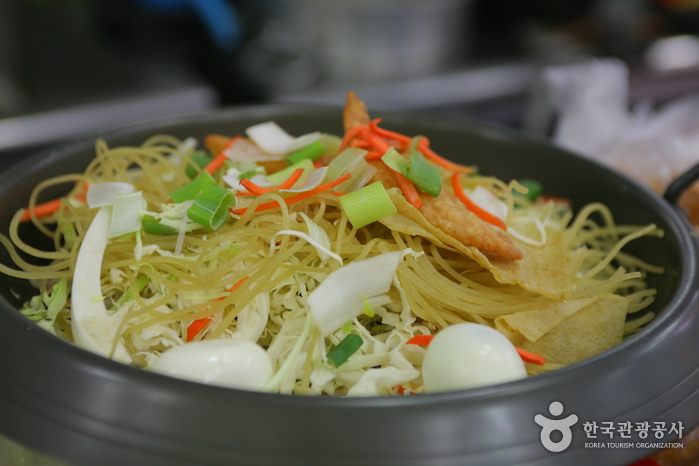


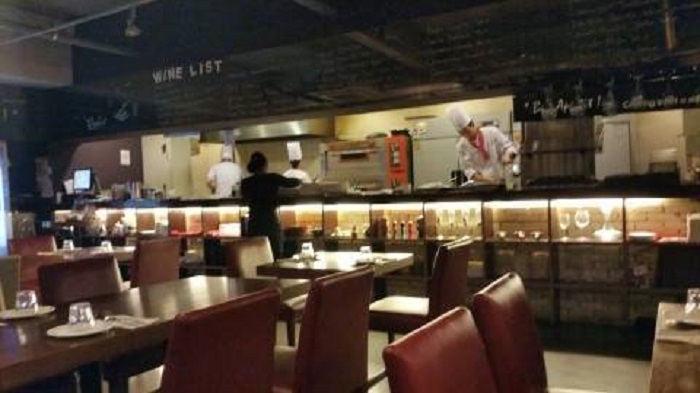
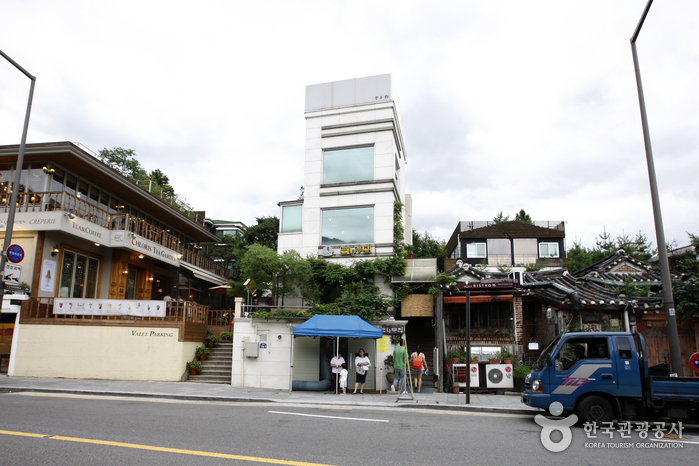

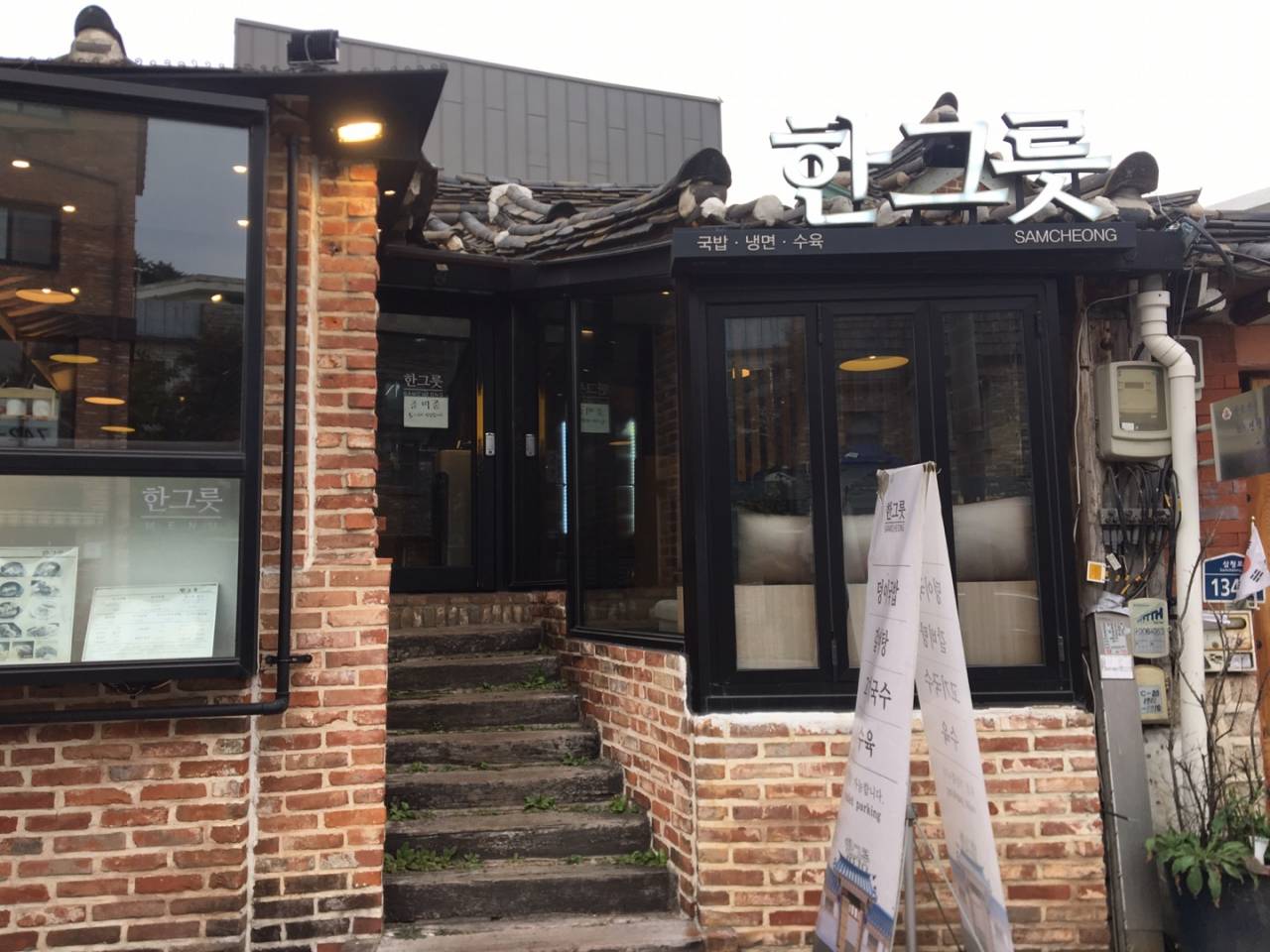
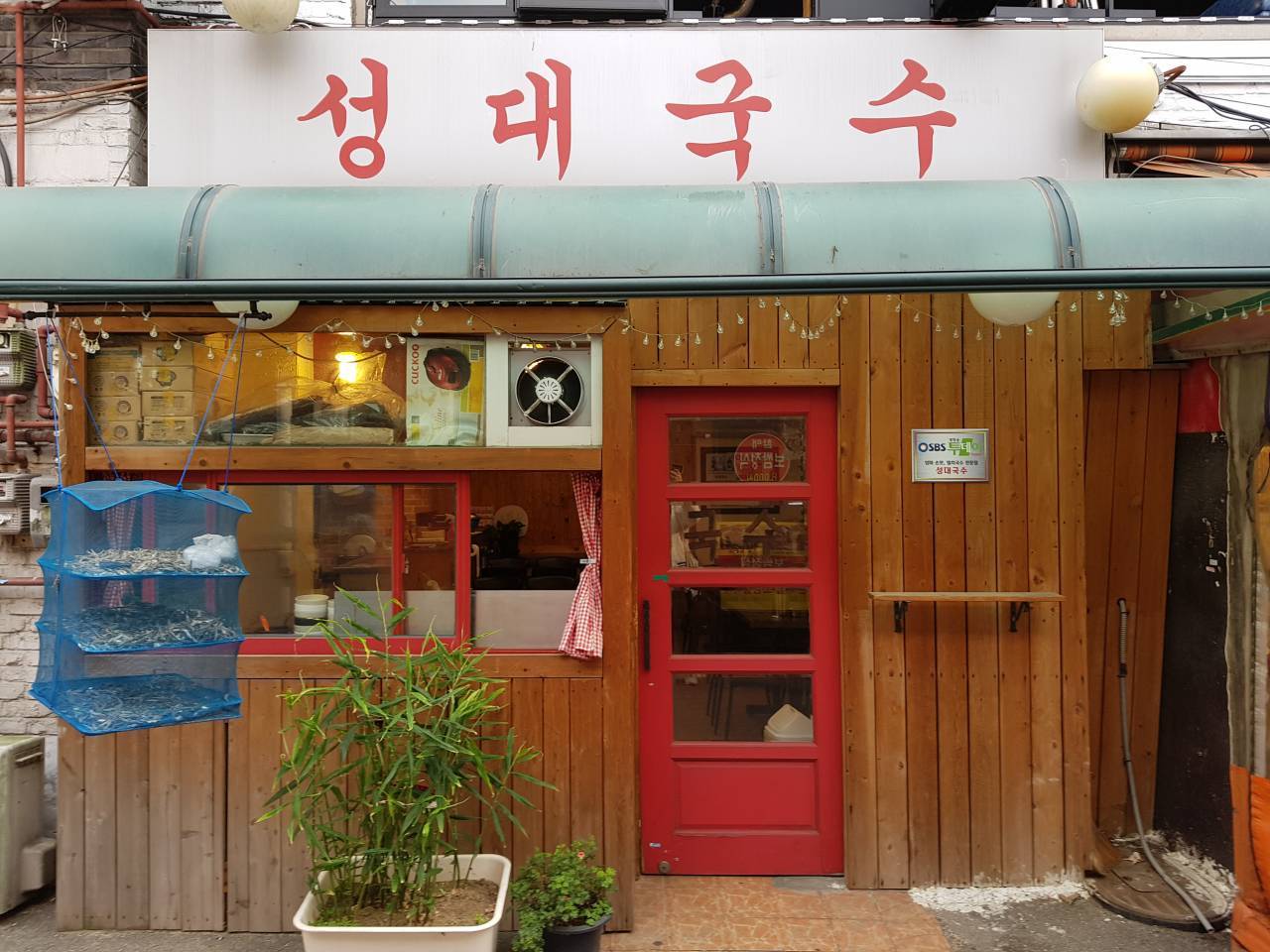
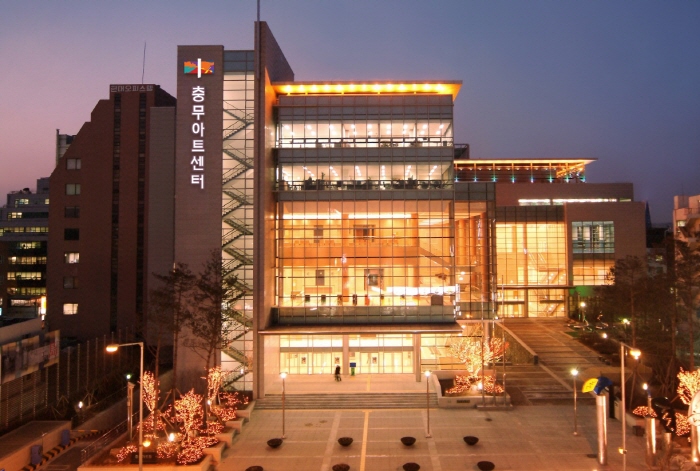
 Français
Français
 한국어
한국어 English
English 日本語
日本語 中文(简体)
中文(简体) Deutsch
Deutsch Español
Español Русский
Русский